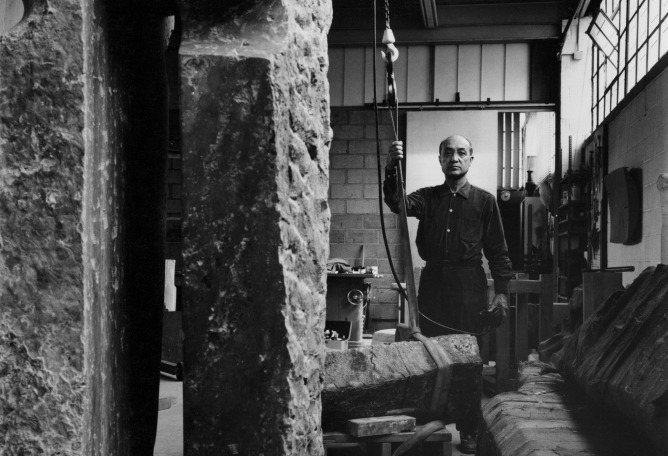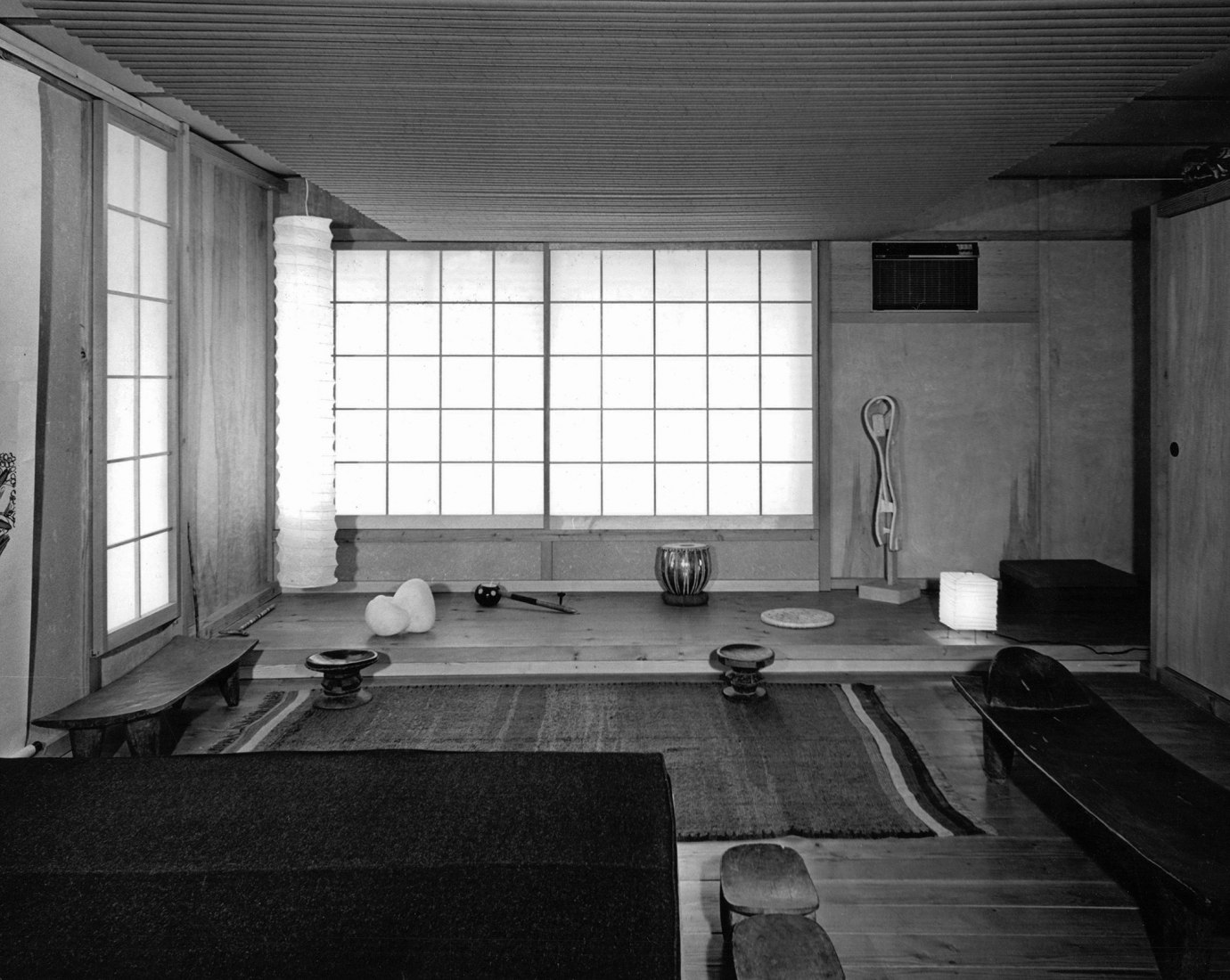With the original Museum and sculpture garden established by the artist in 1985 at its core, the expanded campus will also include a new 6,000-square-foot building to house the Museum’s collection and archive and Isamu Noguchi’s original 1959 studio building, which will be restored and open to the public for the first time. The project will be undertaken in two stages.
“Following a ten-plus-year project to stabilize the Noguchi Museum building and sculpture garden, we are thrilled to be taking the necessary steps both to ensure the safety of our collections of Noguchi’s art and archival materials and to increase public access to them. As the guardians of the life’s work of one of the greatest sculptors and designers of the twentieth century, whose legacy continues to inspire artists, scholars, and the public, the Museum must work not only to safeguard the art and archives, but also to make them accessible. We look forward to continuing to find new ways to engage our many audiences.”
Malcolm Nolen, Noguchi Museum Board Chair.
“Isamu Noguchi was a fearless, categor y-defying, cross-disciplinary polymath, and our new Noguchi campus, which will include the Art and Archive Building and the renovation of his 10th Street studio and apartment, will allow us to better reflect on the complex nature of Noguchi’s work and life. With greater—and easier—access to our collection and archive for our curators and researchers and a new programming space in the 10th Street studio, the Museum will be poised to more deeply explore Noguchi’s increasing relevance to and influence on the contemporary world. At the same time, it will continue to welcome visitors of all ages and backgrounds.”
Brett Littman, director of the Isamu Noguchi Foundation
Art and Archive Building
The first phase of the project comprises the creation of a two-story Art and Archive Building that will
provide new storage space for the Museum’s holdings of both art and archival material. The new
building, a corrugated steel envelope of nearly 6,000 square feet, will be designed by New York Citybased
architects, Büro Koray Duman, and will be located on land—owned by the Museum—that is
adjacent to Noguchi’s original studio building and across the street from the Museum.
Koray Duman, founder of Büro Koray Duman, states, “The Noguchi Museum and its garden are
much beloved spaces. With the design of the new Art and Archive Building, and its relationship to Isamu Noguchi’s original 10th Street studio, we wanted to be respectful of the existing complex.
The Museum’s architecture strikes a perfect balance between being impactful and quiet, simultaneously. With the new expansion and building design, we aspired to create a strong architectural statement that embodies this essence.”
The building’s new archive study center will enable the consolidation of the archive in a climate-controlled environment, while also creating a dedicated space in which researchers and the Museum’s curatorial and education staff can view original documents and other materials. This will in turn allow more of these items to be studied, understood, and presented to the public through publications, journals, exhibitions, and education programs.
The consolidation of the Museum’s physical archive follows a three-year digitization project funded by the Henry Luce Foundation, which will launch on the Museum’s website in fall 2019.
Noguchi Studio
Never before open to the public, Noguchi’s combined pied-à-terre and studio is integral to the story of the artist and his museum. Noguchi moved to Long Island City in the early 1960s, establishing his studio close to local stone and metal workers—and across the street from what would become his eponymous museum. Noguchi’s belief in integrating art and life is uniquely apparent in the aesthetics of this humble living space, which he described as, “a house inside a factory.” The Museum will restore the living spaces, preserving their history while also creating opportunities for tours and other activities. The raw space that served as a studio will be reactivated. While the program for this space is still being developed, the Museum anticipates broadening its work with contemporary artists to present diverse, cross-disciplinary commissions and programs that demonstrate Noguchi’s enduring influence.
The Noguchi Museum
The Noguchi Museum itself is widely considered to be among the artist’s greatest achievements. With 27,000 square feet of gallery space and a renowned sculpture garden, the Museum currently houses both ongoing installations of Noguchi’s work and temporary exhibitions that illuminate his art, the cultural context in which it was created, and its legacy. With greater access to the collection provided by the new on-site Art and Archive Building, the Museum will expand the breadth of works on view in its galleries in order to focus on the multidisciplinary aspects of Noguchi’s career, including Akari light sculptures, costumes and set pieces for dance, environmental works, playgrounds and play sculpture, household furnishings and objects, and photography. Together, these will reveal the scope and diversity of Noguchi’s practice and enable visitors to make connections between his work in different disciplines.
Upon its completion, the Museum’s expanded campus will create a comprehensive, unified site devoted to understanding the full scope of Noguchi’s work, life, and vision, enabling the Museum to shed new light on his ongoing relevance to our time.



























